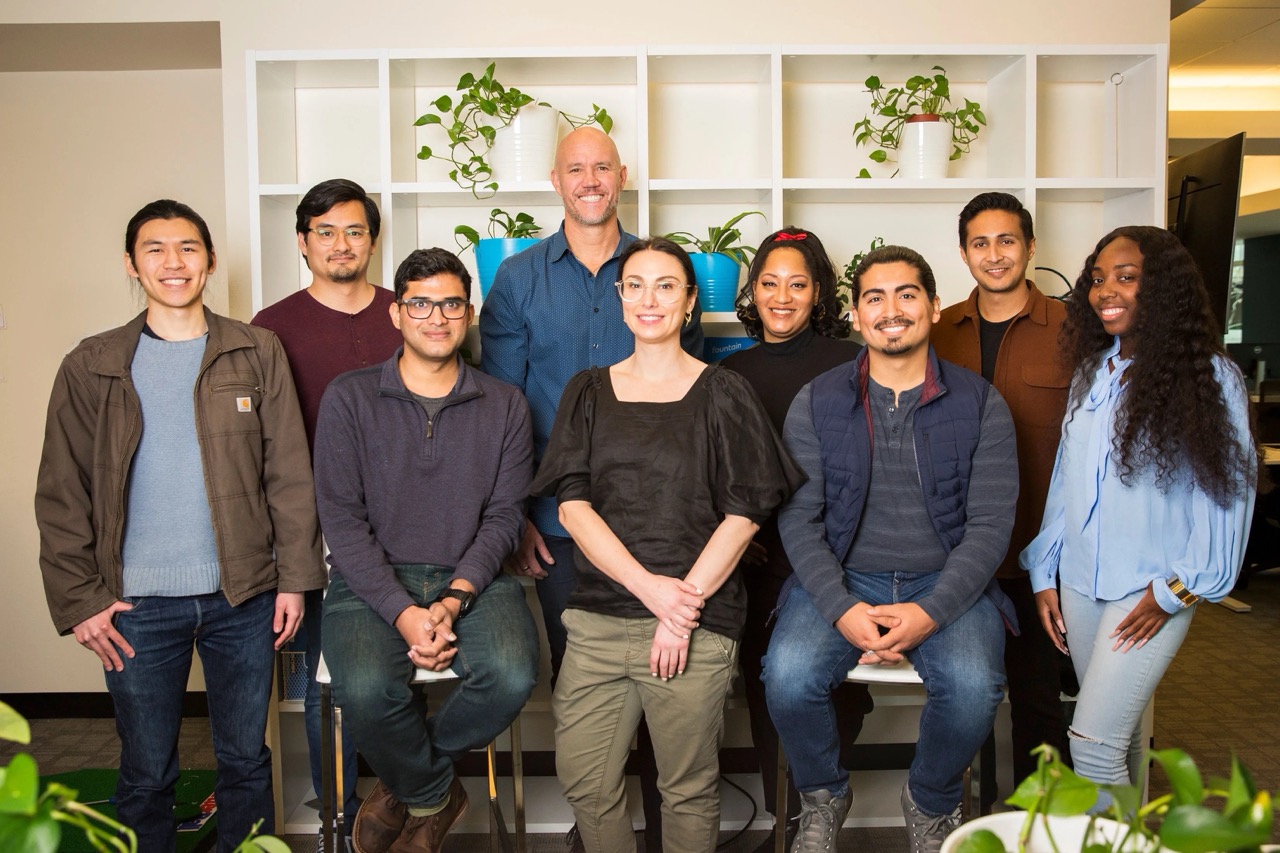How to Think About Selling Professional Services

Dear Esteban,
I understand venture capital investors don’t like professional services sales as they are not scalable. However, I find that I have opportunities to generate larger contracts with professional services than without, so it is beneficial for my business. What are the best practices around selling professional services? What are some implications to have in mind if developing a PS team?
Sincerely,
At your service
Dear At your service,
It is true that investors look for companies that have products and business models that can scale rapidly. In the case of B2B companies generally this consists of software as a service. This is software that can be self-serviced, meaning that it is intuitive and can be implemented without much of integration help (at least not in person). Some integration help that scales can be via remote assistance, forums, UGC, chatbot, etc. Most of the freemium companies that Reach has supported (including Nearpod, Newsela, Gradescope and others) are selling this type of product: one that teachers/professors can start using without the need of any company representative to help them. Please note that I use the word start purposefully. More on this later.
Professional services (PS) tends to refer to human help that is customized and ,in many cases, even on-site at the customer’s office. Professional services in enterprise software used to be the standard in the pre-cloud world, where implementations had to be done on-premise and users had to be trained on how to use the software. The move to consumer-grade products, implemented via the cloud and freemium business models are fundamentals that have made SaaS companies, in enterprise in general and in edtech in particular, grow so rapidly and be so highly valued.
So why don’t investors like startups selling professional services?
- Not scalable: PS requires human intervention and hence to scale this revenue you’d need an increase in headcount.
- Low margins: ultimately customers understand that they are essentially paying for hours of human help and roughly understand the cost of that. Hence it is difficult to have margins above 50%.
- Not replicable: generally PS are customized for each customer based on individual needs.
- Not recurring: most of these sales are one-time and not recurring as a subscription business.
However, it is not true that professional sales are implicitly bad if you are trying to build a high impact, VC-backed SaaS business. As a matter of fact, in general companies can have 10–25% of PS revenues at scale. In fact, this post shows highly valued SaaS companies like Veeva generating up to 40% of their revenue as PS.
In general, you should think about PS differently depending on where you are on the lifecycle of the company. Here is a crack at this approach:
- Starting up (let’s say before you are at $1M ARR): PS allows you to both generate revenue (and be able to grow before VC is ready to invest) and understand customer needs better, which is a critical step in finding product-market fit (and should be your #1 priority at this stage). As a matter of fact you can argue that selling PS is a great way to understand customer needs even before having a product!
- Mid-Scale (let’s say $1–5M ARR): Growth lever. PS can serve to increase your sales via larger ACVs (bundling licenses and services) and it can also help you increase engagement, leading to retention, which is a critical success metric in this stage of growth.
- Growth ($5M+): Upselling. Once you are at this stage, revenue coming from old customers is probably +50% of your annual sales. Therefore expanding contracts can have a big multiplier effect. Most companies can find opportunities to upsell their software via integrations or training. While teachers can “start” using a product for free or maybe use it individually in their classroom, companies can sell PS to allow for institution-wide integration and train on more complex use cases, both leading to expansion.
One unique opportunity for edtech companies is selling teacher Professional Development services. Our industry (in both schools and universities) has a significant budget for employee training and edtech startups can leverage that market as part of their offering. One company doing exactly this is TeachFX. They are actively selling teacher Professional Development services to the same customers they sell their products.
Selling Professional Development (PD) can be a way to generate revenue on what would normally be an expense (customer success). But in order to pull this off, your PD needs to be more than just “training” on how to use your product; it must create additional value when bundled with your offering. In the case of TeachFX, they offer a very popular PD for teachers on classroom questioning techniques. This is a valuable PD whether or not a teacher is using the TeachFX product because questioning is an art every teacher strives to develop throughout their career. And, because the TeachFX tool gives teachers feedback on how engaging their questions are for students, this PD also gives teachers more reason to use the product. So, the PD is a form of customer success, but it isn’t just “training” teachers how to use the technology.
If you are considering using PD you must pay attention to Jamie’s (TeachFX’s CEO) warning. “Adult learning is hard to do well. If you’re going to sell PD, know that you’re usually going to be up in front of a tough crowd. Make sure whoever is designing and running your PD is a seasoned educator who can handle the scenario of a room full of grumpy, skeptical teachers with their arms crossed, a scowl on their face, and a stack of grading they plan on doing the minute they decide this PD isn’t really worth their time. Their time is precious, and you need to make sure your PD is worth their time!”
One of the advantages of PD is that it can be recurring if it’s bundled with the software. It can also be replicable if you’re providing the same PD workshop to each customer (eliminating some of the disadvantages of PS highlighted previously). TeachFX has an onboarding conversation with teachers that they sell as a workshop that generally follows the same “lesson plan” each time
One final advantage of offering PD is that it gives schools/districts budgetary flexibility. Let’s say a PD/software bundle costs $10K. If a school has $10K in their technology budget, it can be billed as technology (with free/discounted PD included). But if a school only has $1K in their tech budget but has a $20K PD budget, it can be billed as PD instead (with free/discounted software included).
AdmitHub, the chatbot company that helps universities engage and communicate with students, agrees. They see PS as a great mechanics for having the birds-eye-view across their university partners of how they use the platform, and that in turn can benefit other institutions and ultimately provide better student outcomes. “By providing services that help our partners implement best practices we make our tools more effective, we empower and upskill our partners and increase adoption and usage which ultimately benefits our bottom line,” comments Becky Sacks, the company’s VP of Product.
AdmitHub, at its core, is differentiated in the market because they are more than a chatbot company: “We are a student impact company that uses chatbot technology to drive outcomes,” says Sacks. “Providing professional services around some of our expertise helps with that positioning in the market and helps potential partners understand our value more easily. Finally, providing additional value through services deepens our relationships with our partners which opens doors for future opportunities and learnings.”
Please feel free to share your experience in leveraging professional services to build an impactful edtech startup!








